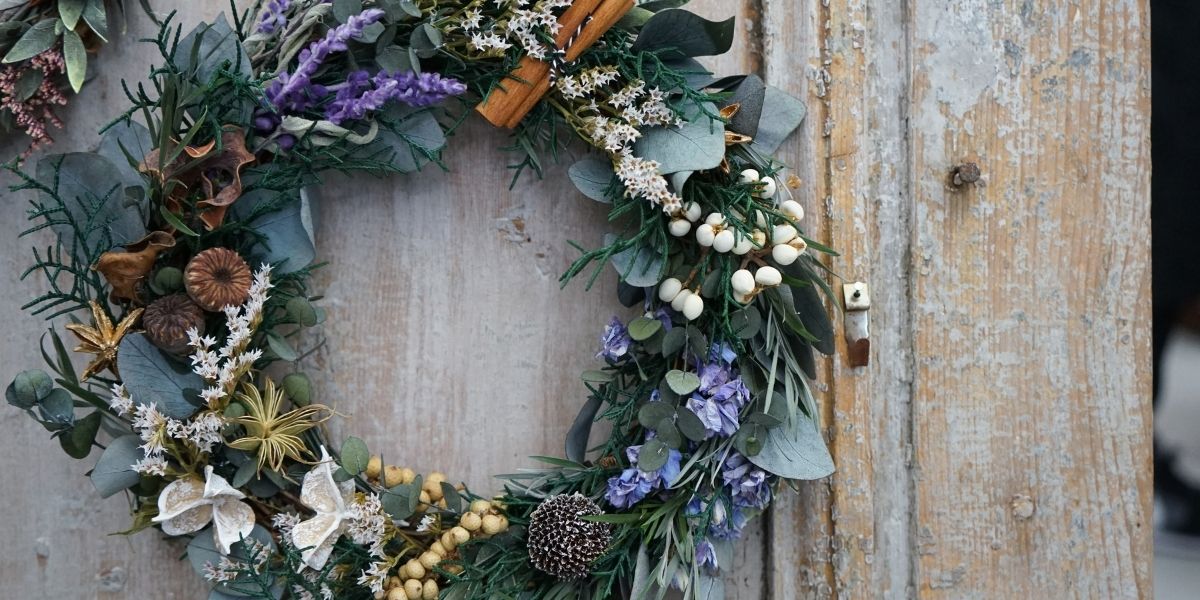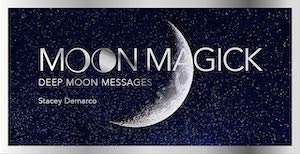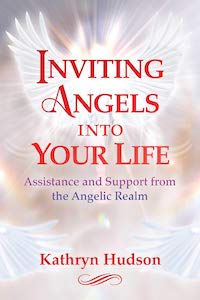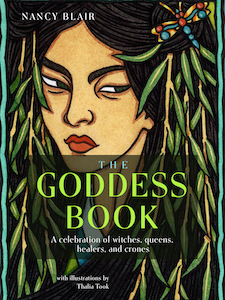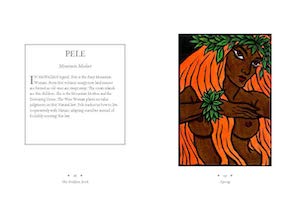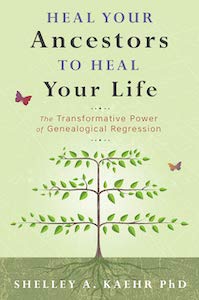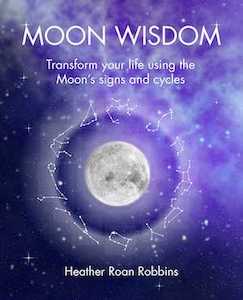
The Ayurvedic Reset Diet: Radiant Health through Fasting, Mono-Diet, and Smart Food Combining, by Vatsala Sperling, Ph.D.
Healing Arts Press, 1644111307, 150 pages, January 2021
Ayurvedic – the word kept appearing to me in books and magazines. Curiosity finally got the best of me and I decided to delve into exactly what this thousands-of-years old system of what originated as medicine had to tell me. I decided to read The Ayurvedic Reset Diet: Radiant Healing through Fasting, Mono-Diet, and Smart Food Combining by Vatsala Spelring, Ph.D. to delve into my new diet adventure. Before beginning my journey, I wrote down what I thought an Ayurvedic diet would be like, and admittedly, though I wrote out what I thought of its benefits, my list of what it would taste like or how easy it would be to maintain came up short.
My list of positives: being mindful of food combining, talking to plants, eating unprocessed foods, giving thanks to the things I was about to consume, eating seasonally, eating raw. My list of negatives: I wouldn’t enjoy the diet, it would set me apart from how my family ate, I would be eating “weird” (aka non-familiar) food, the food wouldn’t be at all pleasurable akin to eating seasoned cardboard.
I found that this approach to food and eating had the ability to enact positive changes in my mind, body, and spirit. On a deep level I had known for years that eating seasonally, eating non-processed foods, eating raw foods, eating only when hungry, eating slowly – were all beneficial. I was glad to read that what I had been feeling for years was my body speaking to me – and leading me to a form of Ayurvedic eating without me labeling it as such.
Sperling begins the book with an Introduction asking whether we view food as a friend or a foe. Do we view food as the enemy that allows us to put on weight? Do we view food as nourishing? Are we too busy counting calories that we neglect to give thanks? Are we eating mindlessly, or do we slow down and enjoy the food? Sperling states that Ayurveda is an “ancient system for understanding disease and health that considers food that is grown, cooked, and eating with reverence as both nutrition and medicine.”1 She then continues with the Ayurvedic concept that “we are and we become what we eat.”2
Next, Sperling introduces the reader to the five known “interconnected koshas, or sheaths, in the body, which include the annamaya kosha (physical body), the pranamaya kosha (vital life force), the manomaya kosha (mind), the vojnanamaya kosha (intellect), and the anandamaya kosha (the inner blissful self). The koshas are interrelated and affect each other. It is important to be mindful if we are eating to live or living to eat. If we are more mindful of what we are eating, why we are eating, and our relationship with the food, we can create positive effects on the five koshsas.”3
Sperling also shares with readers three “simple steps in the time-tested Ayurvedic technique: fasting on water or water and herb teas to help flush out the system and rebalance gut bacteria, isolating food by eating only one type of food at a time to simplify digestion and allow the body to fully absorb all of the nutrients in a particular food (also known as mono-diet), and mixing foods from various food groups in a sensible way.”4
The book is divided into seven chapters, each laying out concepts in an easy to understand manner that delve into the above-referenced three steps. The challenge, at least for me, was a dedication to actually incorporating what I was reading into my daily life. The first three chapters focus on problems facing Mother Earth in how we eat and the negative impact of industry, food transportation, and food modification. Sperling brings to light soil depletion, the cruel treatment of animals to mass produce food, and the use of hormones.
Chapter 1, “A Season for Everything”, touched on the importance of eating seasonally as did our ancestors. I’ve been trying to eat seasonally for many years, so this concept resonated with me. I try to eat what is grown locally, not shipped in from another continent. Our body needs food differently throughout the year – heavier eating in the winter (in the Northern Hemisphere), lighter in the summer. Root vegetables in winter, berries in summer. Check – I could handle this part of the Ayurvedic diet.
In Chapter 2, “The New Normal”, Loss of Seasonality and Quality in Modern Eating, Sperling writes about issues contributing to our eating outside of the season and our location including transportation of food, mass production of food, availability of non-seasonal food and even our propensity or eating out that often exposes the eater to modified food. Chapter 3, “Industrial Food Production”, focuses on how technology is being used to tame and modify nature and how what we eat affects the earth including the negative impact that the beef industry has on nature.
The final three chapters hone in on the Ayurvedic diet beginning with the “reset” diet to reboot well-being. It’s been ingrained in us that we need to eat three square meals a day. For some of us, snacking is also a part of our eating habits. Sperling reminds the reader that this constant eating does not give our digestive system a chance to rest. Not only that, the non-stop eating usually means that we are also overloading our bodies with the “wrong” kind of food. She writes at length on the importance of eating foods that are “compatible” for digestion.
Food combining is also touched upon – eating more than one food group in a meal. In the Ayurvedic diet, one eats one particular food at a time in moderation as one’s body digests different foods differently. Chapter 5, “Preparing for the Ayurvedic Diet”, outlines practical actions to take as a prelude to beginning the diet such as clearing out the kitchen cabinets and re-stocking with recommended foods such as nuts, grains, and local, seasonal produce. Sperling includes recommendations for caffeine withdraw and the importance of proper hygiene and physical activity.
Chapter 6, “Eight-, Six-, and One-Week Protocols”, provides a step-by-step plan for the reader to begin the diet with whatever time frame seems most comfortable and doable. Finally, Chapter 7, “Daily Living”, concludes with encouragement and ways to sustain this way of living and being.
Admittedly, I have not yet ventured into even a one-week protocol at this point, but I am taking the steps to clear my cabinets, be mindful of what I eat, when I eat, and even why I am eating. I’ve been feeling “polluted” lately and want to cleanse my body, my mind, and my spirit. The concepts of an Ayuvedic diet/lifestyle resonate with me. While I am not ready to fully embrace it, I will incorporate the concepts into my day.
Sperling’s knowledge of the Ayurvedic diet is amazing. She was raised in this tradition as she grew up in India. She has a doctorate in microbiology and has conducted research with the World Health Organization. Impressive credentials, for sure, but what I most liked about Sperling was her writing style and her passion to impart this ancient way of being to others. I highly recommend The Ayurvedic Reset Diet, even if you’re not sure this is the right diet path. It is an eye-opener and life-changer in regard to how, why, and when we choose to eat.
Anne Greco is a non-fiction writer who writes about her life experiences and travels with humor, keen observations, and the hope that her words will remind us that “we’re all just walking each other home.” Her book, Serendipity: Chance Pilgrimages, tells the story of Anne encountering her places of power. As she reconnects with herself at each site, Anne also develops a deeper understanding and appreciation of her connection to both the seen and unseen worlds. Learn more about her work here: http://annegrecowriter.com.



